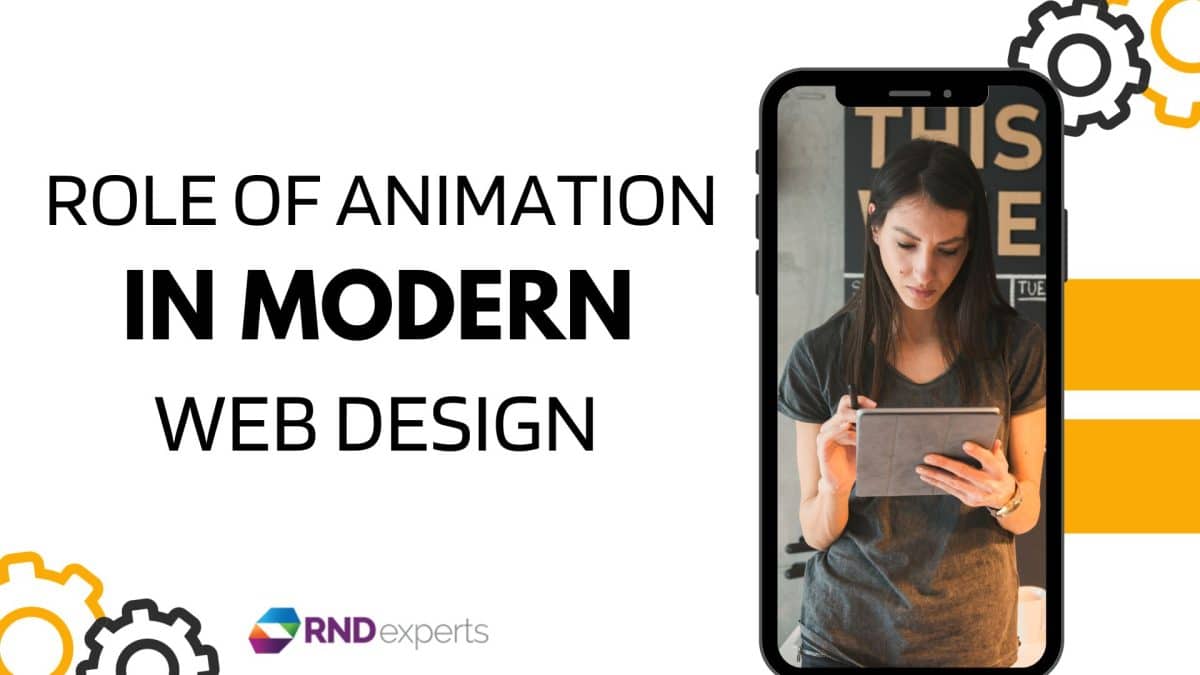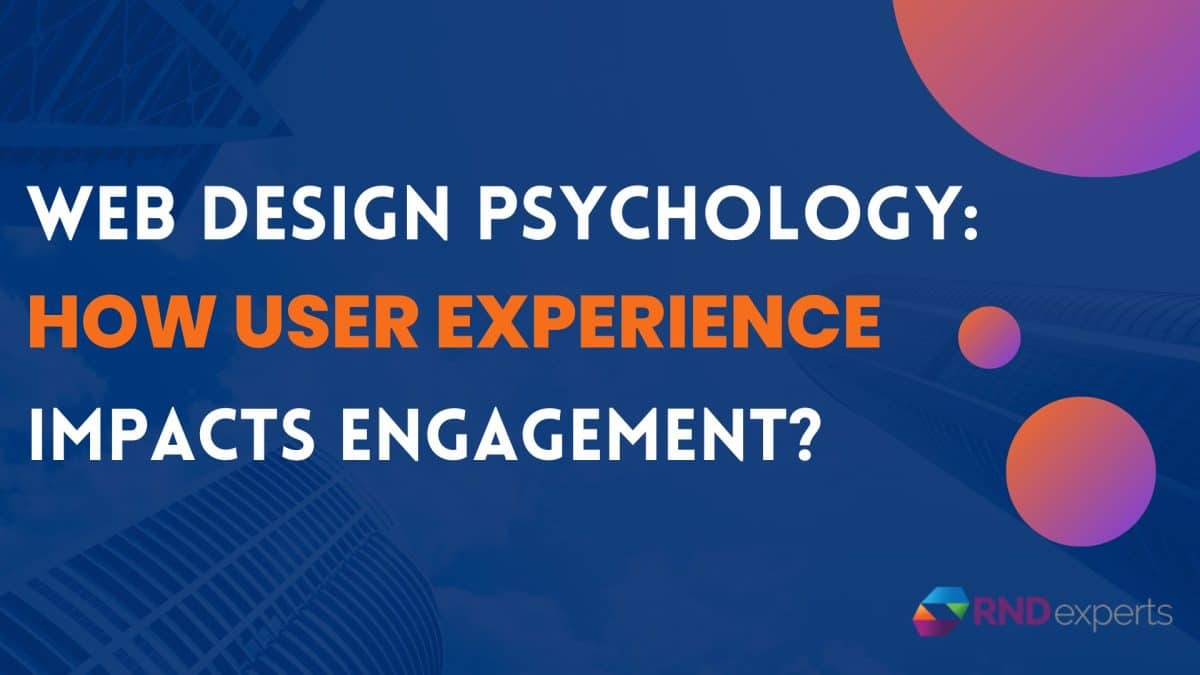Introduction:
In the ever-evolving landscape of web design, the incorporation of animation has emerged as a powerful tool to captivate audiences and enhance user experiences. From subtle transitions to complex interactive animations, this dynamic element has become an integral part of modern web design. In this blog, we’ll explore the role of animation in shaping the digital aesthetics of the 21st century.
Engaging User Experience with Your Web Design:
Animation adds a layer of interactivity, making websites more engaging and user-friendly. From loading animations that entertain users during page retrieval to micro-interactions that respond to user input, animations contribute to a seamless and enjoyable browsing experience.
Storytelling through Motion in Web Design:
Just as a well-crafted narrative can capture attention, animations have the power to tell stories on the digital canvas. Through carefully choreographed sequences, designers can guide users through a website, emphasizing key messages and creating a memorable journey.
Enhancing Navigation in Web Design:
Navigation is a critical aspect of user experience, and animation can greatly enhance it. Smooth transitions between pages, subtle hover effects, and intuitive navigation animations contribute to a more fluid and intuitive browsing experience, reducing the learning curve for users.
Brand Identity and Recognition:
Consistent and unique animations can become a signature element of a brand’s online presence. By incorporating brand colors, logos, or other visual elements into animations, designers can reinforce brand identity and make a lasting impression on visitors.
Responsive Web Design:
Animation plays a crucial role in responsive design, adapting layouts to different screen sizes and devices. Responsively designed animations ensure a consistent and visually appealing experience, regardless of whether a user is accessing a website from a desktop, tablet, or smartphone.
Attention Grabbers:
In a world flooded with information, grabbing and retaining user attention is a constant challenge. Thoughtfully implemented animations can serve as attention-grabbing elements, drawing focus to important content or calls to action.
Performance Considerations:
While animations offer numerous benefits, it’s essential to strike a balance to avoid negatively impacting website performance. Optimizing animations for speed and efficiency ensures that they contribute positively to the user experience rather than causing delays in page loading.
Trends and Innovations:
The field of web design is dynamic, with trends constantly evolving. From the rise of three-dimensional animations to the integration of augmented reality, staying informed about the latest trends in web design can inspire fresh ideas and keep websites visually appealing and contemporary.
Conclusion:
Animation has transcended from being a mere embellishment to a fundamental component of modern web design. When used thoughtfully and purposefully, animation enhances user experience, reinforces brand identity, and contributes to the overall success of a website.
Transform your vision into reality with our top-notch web design service.
Hire an Expert Web Designer for Stunning and trending web design. Explore our portfolio today.






